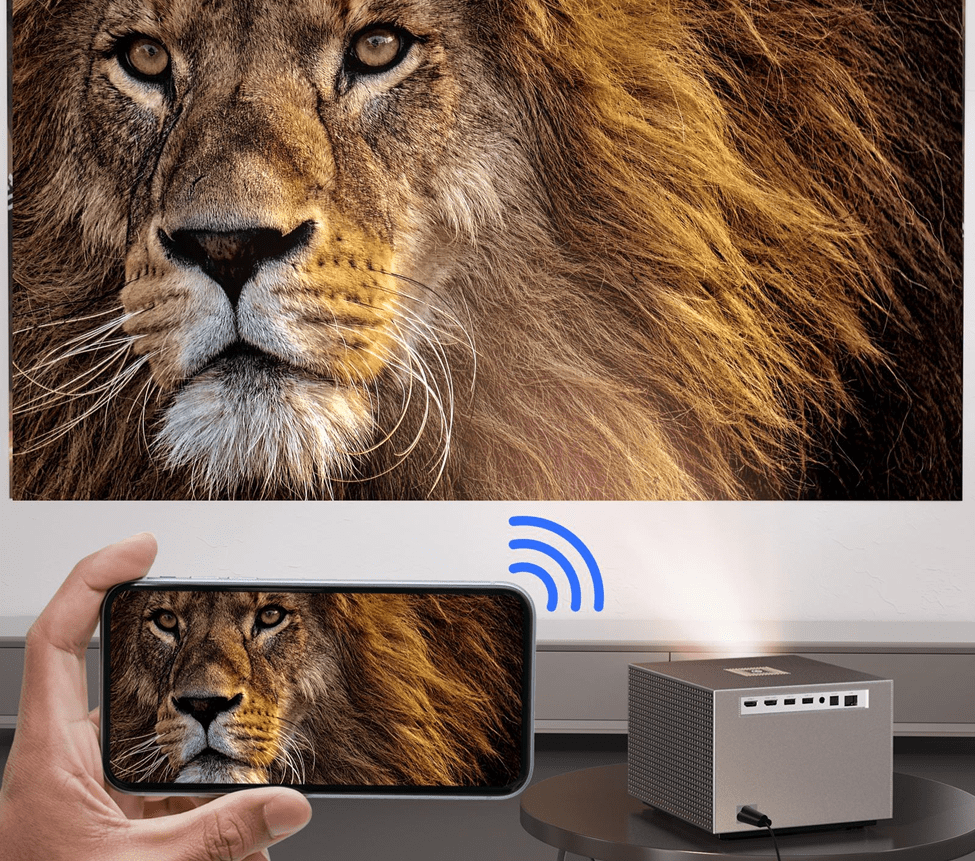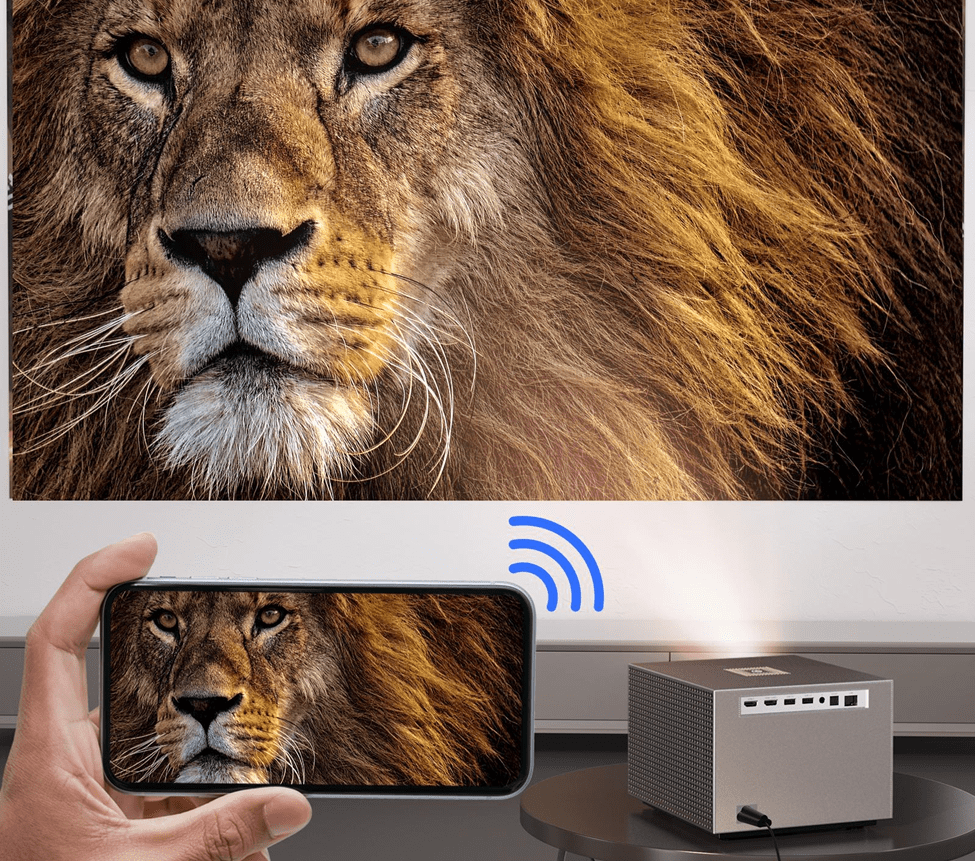If you look back at your time in school, you should remember the times when teachers projected old educational images from a massive machine that had to be moved on a cart due to its size. While not too long ago, that’s how projectors used to be, the fact is that things have changed, and you won’t be seeing those carts anymore in the classroom.
Nowadays, students can enjoy bright and crisp projections in the classroom thanks to the advent of new technologies, so the projections of the old are nothing quite like what we have now. That said, when it comes to projectors, it’s all too common for people to look at the quality specs and call it a day.
But the basic technology between projectors will change the overall performance of a device. So with that in mind, today we’ll tell you what the differences between LED projectors and LED DLP projectors, as well as LCD and other relevant models that you might have encountered in the past, are.
How has technology changed?
Technology is currently advancing faster than ever before, and this is something that we can easily see by taking a look at our current smartphones. Even if you bought the latest smartphone model at the time of the market, it no doubt came with an improved model in a matter of months, and this constant evolution of technology and processes is also present when it comes to projectors.
Modern projectors as we know them began as DLP projectors, built on technology first developed in 1987. These models then gave way to LCD technology and then made another jump into what we know now as LED projectors. While each type of projector does use different principles to operate, in broad terms, the more modern the technology, the better the device operates. And as such, it’s not hard to think of LED projectors as the best option in the market out of the three.
How do DLP Projectors Work?
A DLP or Digital Light Processing projector is, in many ways, the closest model to the old projectors you might have in your mind. DLP projectors rely on an array of micromirrors to generate an image; electricity is applied to each mirror as needed, and combined with a source of light, the projector can properly display the intended image.
Since DLP technology has existed for so long, there are a wide variety of models and variants using this technology with different sources of light or other new advancements. But in general, terms, while many modern DLP projectors can match the image quality of their more modern peers, they are also considerably harder to maintain generally.

The inner mechanics of DLP projectors are generally more complex than LED and LCD alternatives, making repairs and checkups a more considerable effort. Additionally, DLP projectors cause more eye strain compared to other models, so they aren’t ideal for continuous home use.
How do LCD Projectors Work?
An LCD or Liquid Crystal Display projector also works thanks to the use of a light source across a series of panels that turn off as needed to portray an image. However, LCDs use a simpler technique that makes them simpler to manufacture and maintain without sacrificing image quality or fidelity.
An LCD projector uses 3 LCD panels colored red, green, and blue. Each of these layers can independently turn on and off, and by combining these three colors with the light of a bulb, LCD projectors can portray an image accurately in real time.
These projectors represented a considerable step forward for the field as they offered much better color saturation and sharp image quality, which make them particularly good for movie screenings. However, LCD does also come with its own set of challenges. First and foremost, LCD technology is bulky, so these projectors tend to have a considerable size. On top of that, LCD models tend to require constant maintenance as they catch dust easily, and both the filters and lamps will need replacements to continue operating throughout the years.
How do LED Projectors Work?
LED or Light Emitting Diode Projectors are the latest out of the three technologies we’ve taken a look at today, and this comes with many advantages for them. Instead of using a filter and a light source separately, LED Projectors instead rely on LED lights in red, green, and blue as their image source, meaning that the same image quality can be delivered with considerably less effort.
In terms of advancements, there’s no denying that LED projectors, such as the , are the latest model in the line when compared to DLP and LCD. And this, of course, provides them with many considerable advantages that any prospecting owner should take a deeper look at.
The Advantages of LED Projectors
The first thing to bring up when discussing LED projectors is their functional lifespan. LCD models require constant maintenance and DLP has a notoriously short lifespan of roughly 5,000 hours. LED projectors, on the other hand, can easily last for 20,000 hours without any major maintenance, and this makes them the most hassle-free of the three options.
The color technology of LEDs is also far more accurate to the source material than other alternatives, and this means the projected images will be of higher quality compared to previous models. This means that, in general, LED models provide a better image, with less need for maintenance and a longer lifespan; in other words, they offer benefits from any angle you look at them.
Wrapping It Up
As time passes, new advancements will generally be superior, and LED projectors are no exception. LED projectors were made in direct response to many of the shortcomings of LCD and DLP models, and this means they use many of their breakthroughs while improving in key areas like ease of use and the general color saturation of the projected image.
We will always need to project images as long as schools, businesses, and large-scale events exist. And if that’s the case, a LED projector will always be a great pick. After all, they offer great image quality and improved lifespan while remaining affordable. LED projectors are better priced and, in most cases, will straight up work better, so that should give you an idea of what projector to choose in your next purchase.
